How to Turn Projections into Performance
A new year is upon us, and with it comes a flood of predictions from the MarTech sector. Yet, these predictions are becoming somewhat…predictable! Remember the first time you heard that AI was going to change how you interact with customers, or that connecting all data sources would provide the ultimate overview of your customers’ wants and needs?
Developing meaningful relationships with digitally savvy audiences is crucial – not just to engage today’s customers, but to futureproof your position as their go-to brand. MarTech predictions can help you create a roadmap towards your customer journey goals, but the next challenge is to put these projections in place.
At NGDATA, we know that for MarTech predictions to count, businesses must be able to put the reality into virtual reality (VR), intelligence into artificial intelligence (AI), and experience into customer experience (CX). Truly understanding their customers and identifying how to drive real value through mature data is how businesses can start to enjoy the reality of tech trends.
Read on to discover how to implement the MarTech trends of 2022 with less talk and more action, fewer predictions and better performance.
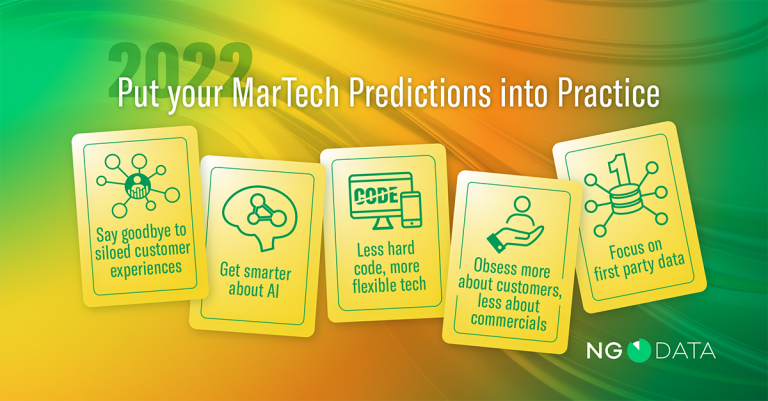
Say goodbye to siloed customer experiences
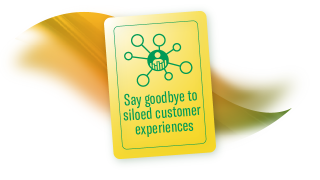 Achieving true customer-centricity continues to be the goal for marketers in 2022, with many industry leaders highlighting the importance of Customer Journey Orchestration (CJO) for putting an end to siloed journeys. Yet, all too often, we see businesses attempt to orchestrate rigid customer journeys that don’t reflect their customers’ wants and needs. This year, it’s time for businesses to put their customers before their commercial objectives and swap predetermined interactions for contextually relevant conversations.
Achieving true customer-centricity continues to be the goal for marketers in 2022, with many industry leaders highlighting the importance of Customer Journey Orchestration (CJO) for putting an end to siloed journeys. Yet, all too often, we see businesses attempt to orchestrate rigid customer journeys that don’t reflect their customers’ wants and needs. This year, it’s time for businesses to put their customers before their commercial objectives and swap predetermined interactions for contextually relevant conversations.
Of course, this relies on being able to process historic and real-time customer data across all relevant channels and at every stage of the journey. By transforming fragmented data sets into unified customer profiles, it becomes possible to respond to changing customer behaviors by determining the next best experience.
With always optimized data, you can become part of experiences that evolve as your customers do, rather than shuttling them through predefined journeys that may no longer fit the bill.
Machine learning leads the way
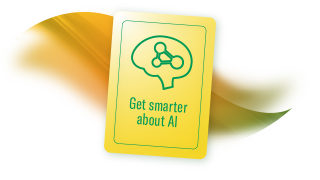 You’ll be hard-pressed to find a list of 2022 MarTech predictions that doesn’t talk about artificial intelligence and customer experience – and for good reason.
You’ll be hard-pressed to find a list of 2022 MarTech predictions that doesn’t talk about artificial intelligence and customer experience – and for good reason.
AI, particularly machine learning (ML), is what empowers marketers to engage customers with meaningful interactions when they make the most impact.
Yet, in 2021, only 19% of enterprises were using AI and machine learning to achieve 1-to-1 personalization, with many businesses limiting their AI capabilities to gaining and retaining customers. To enhance customer experiences at scale, businesses must leverage machine learning across every stage of the journey.
The key step here is to utilize a system of intelligence with built-in analytics, such as an advanced customer data platform (CDP). Using machine learning, a system of intelligence will transform your customer data sources into actionable insights and make automated decisions, at scale, throughout the customer lifecycle.
Thanks to smart, scalable decision-making, marketers can choose how and when to engage their customers, and drive real value from big data. By tapping into the power of intelligent algorithms, such as lookalike modeling (LAM) capabilities or predictive analytics, you can make personalized communications a cornerstone of your campaign at every stage.
The rise of low and no-code technology
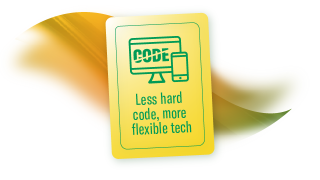 2020 saw conversations surrounding low and no-code (LCNC) technology gather speed, and it’s this year where many in the sector are expected to get involved. A 2021 survey found that of the 35% of enterprises not currently using LCNC tech, 20% are planning to adopt it within the next year.
2020 saw conversations surrounding low and no-code (LCNC) technology gather speed, and it’s this year where many in the sector are expected to get involved. A 2021 survey found that of the 35% of enterprises not currently using LCNC tech, 20% are planning to adopt it within the next year.
The rise of LCNC technology isn’t surprising, particularly within the field of customer experience. After all, the ability to react quickly to customers’ changing wants and needs requires a level of agility that coded platforms haven’t always allowed. By adopting LCNC platforms, business users are empowered to become citizen developers, take their customization needs into their own hands, and start to deliver valuable customer experiences at scale.
Throughout 2022 and beyond, you can prepare for the shift towards what Gartner calls ‘The Composable Enterprise’ by adopting customizable data platforms, such as low-code CDPs. This approach will also allow you to tackle your customer experience challenges without the costs and complexities of traditional development processes.
From the gradual application of new use cases to the relatively quick and easy scaling of marketing strategies, adopting low-code CX technology can help you launch new projects to market with the agility you need to beat the competition.
Open the door to the future of banking
 Quality data. Marketers need it, and the MarTech sector loves to tell them so. This hasn’t changed in 2022, yet not everyone is talking about the value of consented data – especially within the banking industry.
Quality data. Marketers need it, and the MarTech sector loves to tell them so. This hasn’t changed in 2022, yet not everyone is talking about the value of consented data – especially within the banking industry.
The surge towards open banking, largely driven by rising digital confidence and a pandemic-led move towards online channels, means that banks are facing pressure to create data-driven experiences – or lose out to FinTech disruptors. As cookies start to crumble and we prepare to move away from third–party data, open banking provides an even greater opportunity for banks to deliver the experiences their customers expect.
Today, consented data is becoming an increasingly important asset for customer experience initiatives. As such, banks must find new ways to combine held-away assets with their own first-party data to deliver personalized experiences that don’t threaten customers’ control over their personal information.
To unlock the potential of open banking, retail banks should invest in CDPs that unify first-party and consented data into sophisticated customer profiles. With advanced analytics that update in real time, banks can benefit from a detailed view of their customers and apply strategic marketing decisions without compromising on privacy or consent.
It’s time for customer – not commercial – obsession
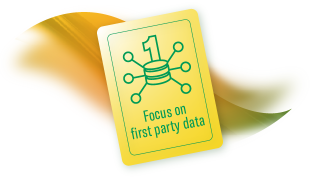 The importance of driving real value for customers is repackaged every year, whether businesses are advised to become customer-focused, customer-centric, or customer-obsessed. Yet, naming conventions aside, the crux of the matter remains the same: customer satisfaction matters.
The importance of driving real value for customers is repackaged every year, whether businesses are advised to become customer-focused, customer-centric, or customer-obsessed. Yet, naming conventions aside, the crux of the matter remains the same: customer satisfaction matters.
Throughout 2022, where “aligning the needs and aspirations of the customer to the passion behind the brand” is what it takes to foster trust, it’s even more critical not to confuse your customers’ wants and needs with your commercial priorities. Today, there’s real value in predicting the next best experience for your customers, whether it’s by providing insight about their behavior, directing them towards financial advice or connecting via the communication channel they’ve previously indicated a preference for.
The key here is to combine optimized customer profiles with real-time interaction management (RTIM) functionalities, such as by using an advanced CDP. This will help you realize the next best experience for your customers at the right time and in the right place, ensuring they always feel seen and heard.
Envisioning a successful 2022
With the beginning of a new year comes an opportunity: to set clear-cut visions that guide your campaigns over the next 12 months and set you on the path to customer experience success. Get in touch to learn exactly how you can turn these MarTech predictions into real-life results with our Intelligent Engagement Platform, the advanced Customer Data Platform driving engagement.





